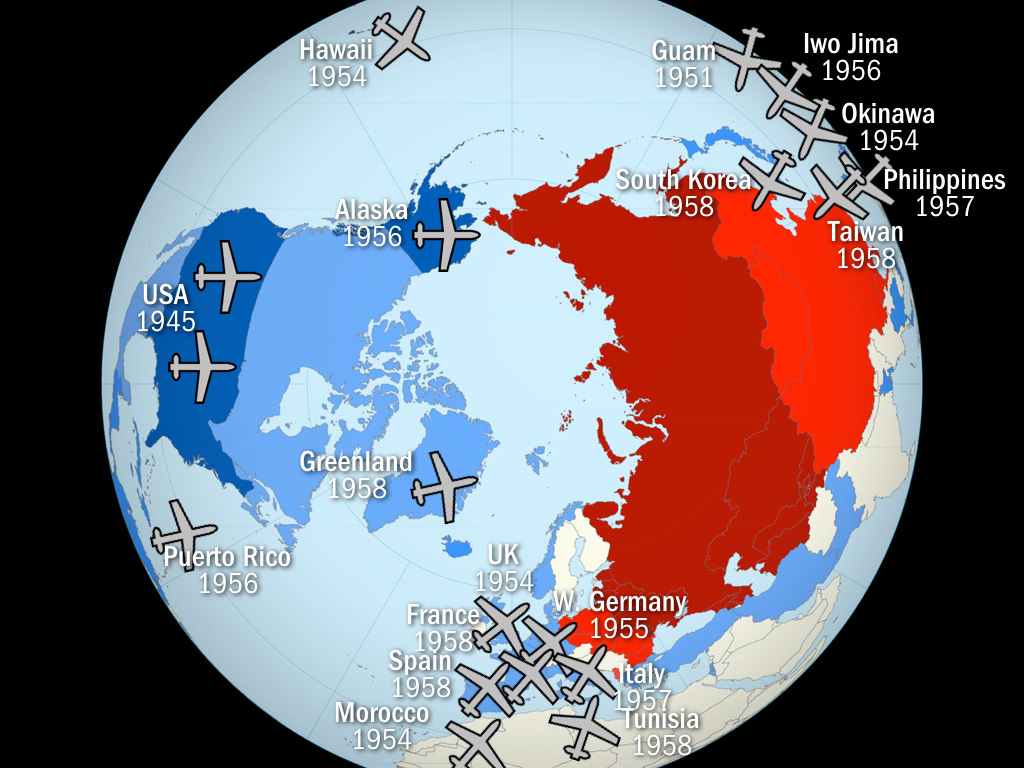Source: A brief history of the nuclear triad | Restricted Data
— Alex Wellerstein, a historian of science at the Stevens Institute of Technology
How the US came to have three major strategic nuclear platforms, and why it started calling them a “triad.”
The redundancy was a hedge: the goal was to pick the top two of the programs and cancel the rest. Instead, Sputnik happened. In the resulting political environment, Eisenhower felt he had to put into production and deployment all six of them — even though some were demonstrably not as technically sound as others (Thor and Polaris, in their first incarnations, were fraught with major technical problems). This feeling that he was pushed by the times (and by Congress, and the services, and so on) towards an increasingly foolish level of weapons production is part of what is reflected in Eisenhower’s famous 1961 warning about the powerful force of the “military-industrial complex.”
What I find interesting about the “triad” concept — and what it leaves out — is that it is ostensibly focused on technologies and strategies, but it seems non-coincidentally to be primarily concerning itself with infrastructure. The triad technologies each require heavy investments in bases, in personnel, in jobs. They aren’t weapons so much as they they are organizations that maintain weapons. Which is probably why you have to defend them: they are expensive.

According to one estimate, the various long-term cultural foot-dragging about ballistic missiles in the United States delayed the country from acquiring the technology for six years. Which puts Sputnik into perspective.